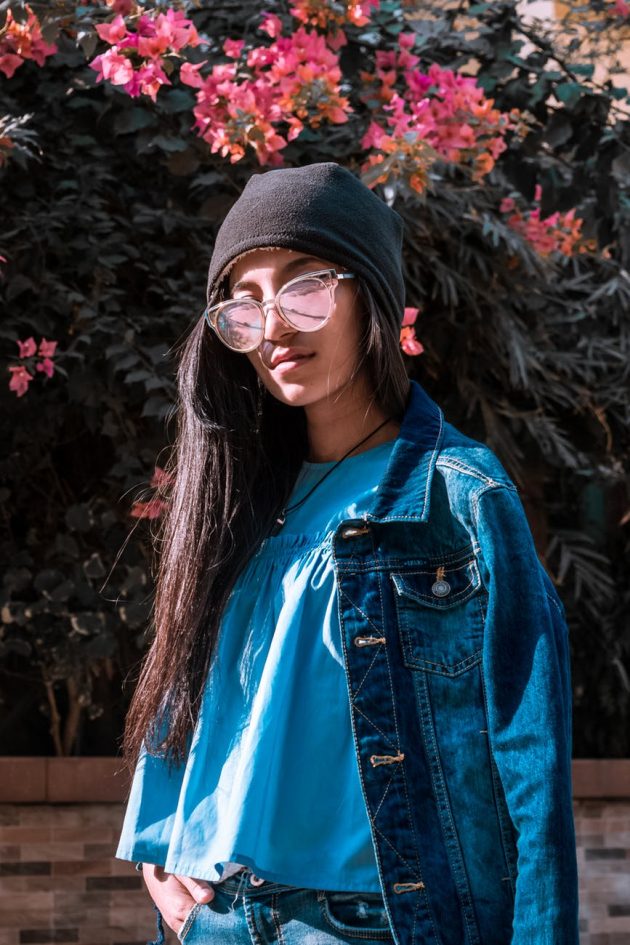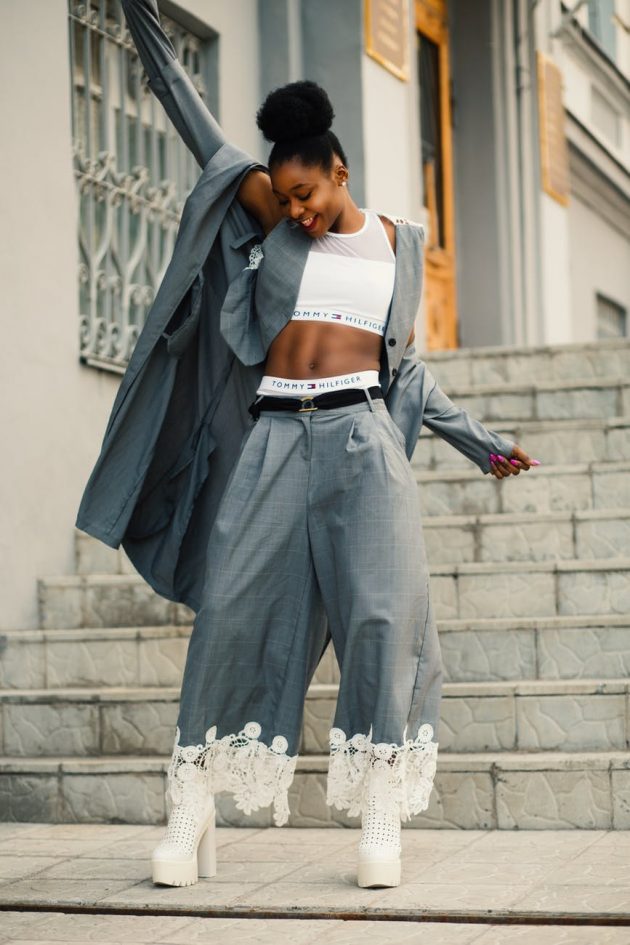It makes sense that there is vegan food — but what is vegan clothing? Are there really alternatives to traditional fabrics that still look and feel great? The vegan lifestyle is all about protecting animals, so it’s only natural to be concerned about animal products in the clothes we wear. Read on for a basic introduction to vegan clothes.
What animal products are in clothing?
At the most basic level, vegan clothing avoids using anything made overtly from animals, such as leather, fur, feathers, bone, or wools. But this list isn’t exhaustive, and there are some things that go into a lot of ordinary clothing which still come from the exploitation of animals.
In addition to bone, horns, and shells, there are other items that must be kept out of vegan clothes. Shearling, angora, silk, suede, pashmina, mohair, down, and snakeskin are all taken from animals. It’s important to carefully check the labels of clothing before you buy it from a store.
What alternatives are there?
If you don’t want to exploit animals, that doesn’t mean you have to give up the look and feel of certain fabrics. This is one reason why vegan clothes exist, after all. Here are some of the alternatives to tradition fabrics that you should look for:
Instead of fur: Human beings have been wearing the fur of animals for many millennia, but thankfully today it is quite easy to find faux fur in many stores. Faux fur is typically made of acrylic or polyester.
Instead of leather: Instead of wearing the skin of animals, look for items made from natural fabrics or man-made materials. Pleather, imitation leather, microfiber, and ramie can all be used in items where you might otherwise have used real leather.
Instead of down: Down is a word for the feathers plucked from the breasts of ducks and geese. These feathers are softest, and many of these birds have their breast feathers plucked several times throughout their lives. Instead of buying down, look for synthetic down, polyester fill, or fabrics like Primaloft.
Instead of wool: Wool can come from sheep, goats, or rabbits. Many of these animals are kept in horrific conditions and then abused so that people can take advantage of their natural wool growth. Instead of buying wool, look for cotton, synthetic shearling, polyester fleece, or nylon.
Instead of silk: Silk is produced by a caterpillar. The caterpillar uses its silk to make a cocoon in the process of becoming a silk moth. Instead of wearing silk, choose fabrics that can be made to feel and drape like silk, such as nylon, polyester, or rayon.
Where can you buy vegan clothing?
It’s possible to find vegan clothing at ordinary clothing shops, as long as you carefully examine the labels to ensure animal products have not been slipped in somewhere. In addition, some large clothing brands now offer vegan-friendly lines of clothes.
Despite the growing awareness, however, the best way to ensure that no animals are exploited in any way when your clothing is made is to buy vegan clothes sold by dedicated vegan retailers who deliberately source clothes in line with vegan values.
Does it really make a difference?
Vegan clothing is about more than just avoiding skins and fur, though these are obviously fabrics that exploit animals. But vegan clothes are also about helping to protect animals from the unnatural, inhumane living situations they are frequently thrown into in order to harvest their feathers, silk, or wool for human use.
Vegan clothing needs to be both ethical and sustainable. Because after all, when clothing sources are not sustainable, they harm the environment where animals live. Look at how you can make ethical choices that protect other species of life on our planet and ensure the sustained health of our world.

